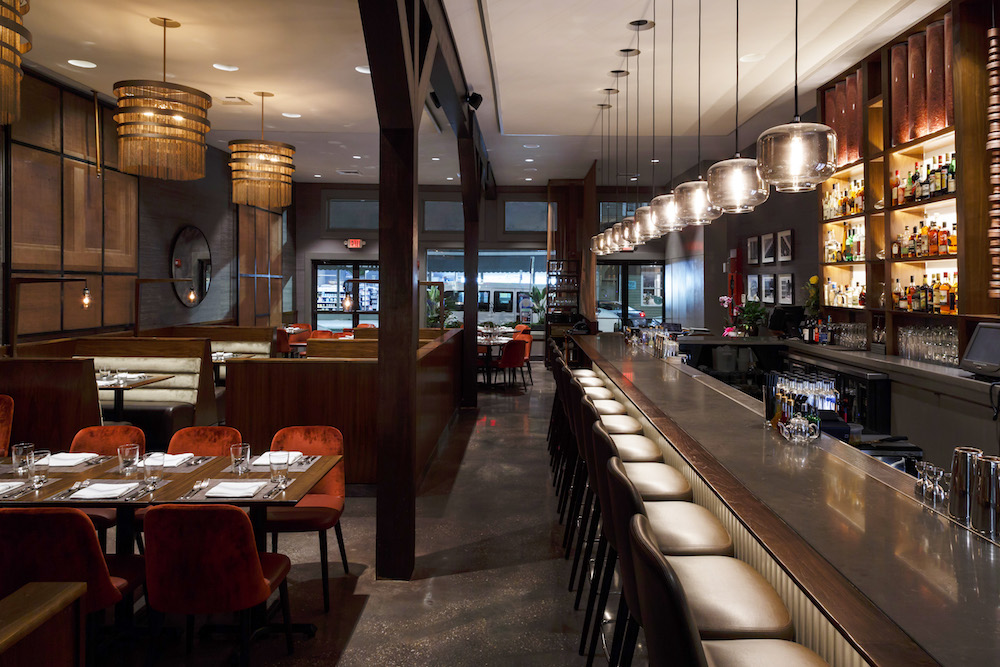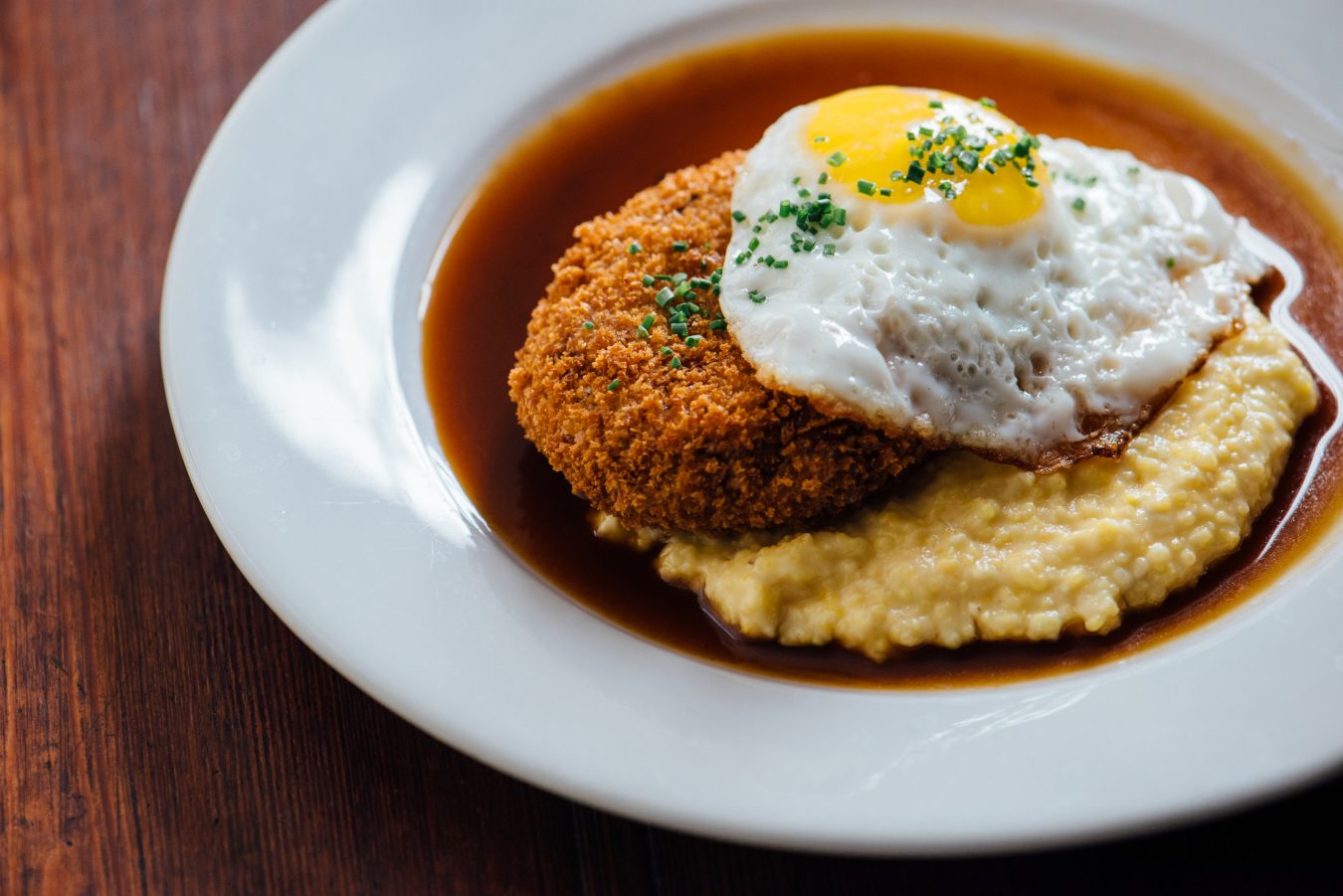New Orleans is a city equally dedicated to its history and to its wild exuberance. With unparalleled architecture, music, and spirit, the American destination is also known for its legendary food and drink, which is difficult to replicate elsewhere. The way that influences from Africa and the Caribbean along with Spain, Italy, and France have simmered together to form the unique culture that is New Orleans (colloquially called Nola) is nothing short of magic.
That indefinable spirit oozes from the city’s streets, roving brass bands, and Second Lines thanks to locals’ near religious devotion to tradition. It’s one of the few cities in the Americas where you can still dine at relatively unchanged, over-a-century-old restaurants (think legends like Galatoire’s, Arnaud’s, and Commander’s Palace). Here, jazz brunches and crawfish boils are standard affairs, not gimmicky one-off events.
But can a city so married to tradition reinvent itself? Nola has been doing so in recent years, to mixed feelings from many locals. While it still isn’t a leading place for international dining (the exception being the rise in authentic Vietnamese food mirroring the increase in Vietnamese immigrants post-Katrina), New Orleans has grown well beyond its Cajun and Creole roots.
One example is Shaya, a James Beard Award-winning modern Israeli restaurant, which followed in the footsteps of the great pioneer, Zahav in Philadelphia. Shaya may not be the best of its kind in the States, but this restaurant and others like it have opened up a new dialogue in Nola, giving way to funky Asian fusion spots like Red’s Chinese and Marjie’s. In 2014, a restaurant called Square Root bravely began a more modern, experimental tasting menu format that couldn’t be found previously in the city, though it was common in other major U.S. food destinations. Some fear these places push out the “real” Nola. Were the city ever to lose its po’ boy, gumbo, or jambalaya shops, it would be a tragedy indeed.
The hope, though, is that despite its smaller size, New Orleans has room for both food that sticks to tradition and food that pushes the boundaries.
Seaworthy restaurant is set in an 1832 Creole cottage next to hipster central, Nola’s Ace Hotel. Pulling a page from the madly popular cocktail and raw bars opening with increasing speed in cities like Charleston, Seaworthy feels like a mixture of old and new in its dim, narrow space. Stepping into Seaworthy feels like going deep into Nola history—if that history featured sustainably harvested oysters, locally sourced fish, and top-notch cocktails. Look for Nola influence in crudo that is inspired by the city’s other famous sandwich, the Muffuletta. Strips of thinly sliced smoked lemonfish are dressed in cerignola olive vinaigrette, sesame breadcrumbs, shaved fennel, and prosciutto for a Muffuletta-esque flavour profile.
At Angeline, chef and owner Alex Harrell (formerly of another French Quarter great, Sylvain) goes Southern but with Northern Mediterranean influences, like Ethiopian berbere spices or Sherry flights showcasing the liquor’s dry, nutty, oxidized side. Alongside black-eyed pea and collard green soup or country ham-wrapped rabbit leg with polenta sponge cake, Harrell accents berbere-spiced carrots with yogurt, lime leaves, pecan carrot romesco, and carrot cracklins. Angeline brings a more globally influenced, broader Southern perspective to the Quarter.
Since changing ownership in 2014, Meauxbar has been one of the Quarter’s other gems, tucked away near Louis Armstrong Park. Pulling on Southern and Louisiana traditions, chef John Bel serves the likes of daily yak-a-mein (a Creole Chinese beef noodle soup) or smoked shrimp salad. Playing off an historic French dish that has long been a staple at Galatoire’s, Bel’s fish amandine highlights changing Louisiana Gulf fish. Crusted in toasted almonds, the flaky filet and nutty crunch is contrasted by popcorn rice and haricots verts—a destination-worthy dish.
Then there is Sac-a-Lait, housed in a former 1882 cotton mill in Nola’s Warehouse District. Since opening the restaurant in 2015, the husband-wife chef duo of Cody and Samantha Carroll (also of the Food Network show Cajun Aces) offers one of the best examples of modern Louisiana cooking, utilizing their farming, hunting, and fishing experience in a creative, elevated way. Local Pontchartrain devilled crabmeat and cucumber is doused in whipped egg yolk sabayon; alligator and ubiquitous local edible plant mirliton is served as a puree, kicked up with honey powder, white remoulade sauce, and pickled mustard seeds; and frog arrives smoking under a glass dome smeared in citrus-creamed rillettes on tortillas, accented by aged cayenne gelèe and spiced pecans. This is imaginative Creole cooking, reinterpreted for today.
Going international, Tito’s Ceviche & Pisco brings a sunny slice of Peru to Magazine Street, from tiraditos (Peruvian-style crudo or sashimi), to pisco sours made with an orange Peruvian pepper called aji amarillo that is rare to see in the States. And opening just up Magazine Street mid-2017, Saffron Nola is a chic and modern Indian restaurant (it began as a beloved pop-up) from the Vilkhu family. The elegant space is enhanced by general manager and bar director Ashwin Vilkhu’s cocktails, paired with his chef father Arvinder’s traditional and Southern-influenced Indian dishes. Find South Indian standards like dosas and uttapam alongside mash-ups such as curried brisket and grits or crabmeat lentil pancakes accompanied by date tamarind and mint chutney.
New Orleans is a food mecca, these days allowing old and new to coexist side-by-side. Though tradition has long been king, the city’s experimental side is thriving, leading the city into new territory—undergirded by its vibrant past.
Read more in Travel.











